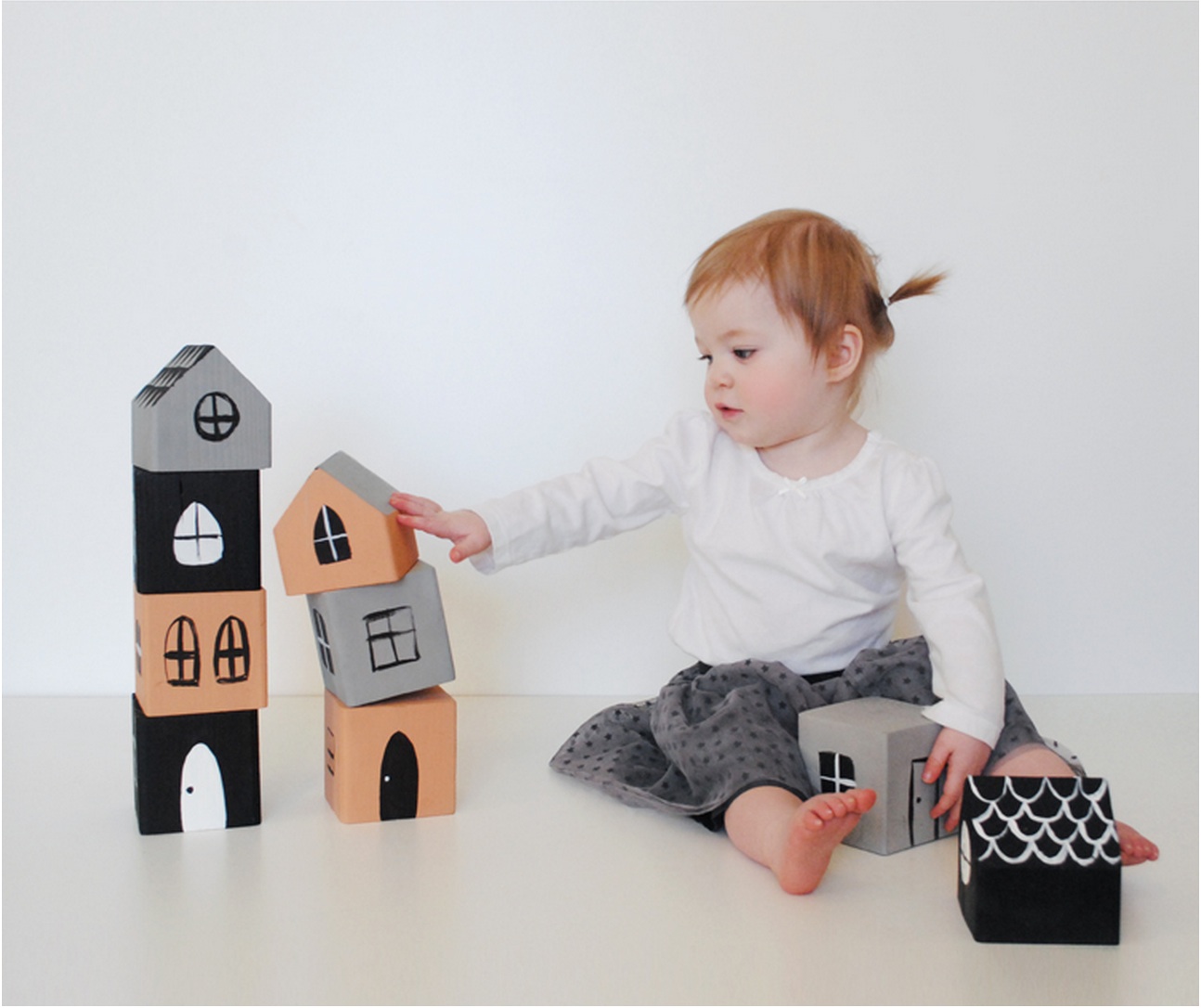
Empowering Young Minds: Unveiling the Magic of STEM and STEAM Education at Home
In the modern landscape of education, the emphasis on STEM (Science, Technology, Engineering, and Mathematics) and its art-infused counterpart, STEAM (adding Arts), has grown significantly. These interdisciplinary fields go beyond textbooks, nurturing a generation of innovative thinkers and problem solvers. Encouraging children to explore STEM and STEAM concepts at home not only ignites their curiosity but also lays the groundwork for a deeper understanding of the world around them. Let’s uncover the importance of these fields and discover exciting ways to delve into them right in the comfort of your home.
Understanding the Significance of STEM and STEAM Education
- Cultivating Critical Skills – STEM and STEAM education nurture critical thinking, creativity, problem-solving, and analytical skills. Through these fields, children learn to question, experiment, and innovate—essential skills for their future success.
- Real-World Application – By applying concepts from these disciplines, children bridge the gap between classroom learning and the real world. They understand the relevance of scientific principles in everyday life, fostering a sense of curiosity and exploration.
- Fostering Collaboration – STEM and STEAM often involve collaborative projects, encouraging teamwork and communication. These skills are invaluable in a world that increasingly values collaboration across diverse fields.
- Building Resilience – Encountering challenges and failures while experimenting with STEM and STEAM concepts teaches resilience. It instills the notion that failure is a stepping stone to success, promoting perseverance and a growth mindset.
Exploring STEAM and STEAM at Home
- Science Experiments – Conduct simple science experiments using household items. Create homemade volcanoes, explore density with oil and water, or study chemical reactions using baking soda and vinegar. Websites and YouTube channels offer numerous age-appropriate experiment ideas.
- Technology Exploration – Introduce coding with beginner-friendly platforms like Scratch or coding games. Explore robotics with kits like LEGO Mindstorms, fostering an understanding of programming logic and technology basics.
- Engineering Challenges – Design and build structures using materials like LEGO, cardboard, or recycled materials. Challenge kids to build bridges, towers, or marble runs, enhancing their spatial reasoning and problem-solving skills.
- Art Integration – Merge art with STEM by creating STEAM projects. Combine science and art by painting with homemade natural dyes or exploring geometry through origami and tessellations.
- Math in Daily Activities – Use everyday tasks to reinforce math concepts. Cooking becomes a lesson in measurement, budgeting teaches financial literacy, and board games enhance strategic thinking and mathematical skills.
- Nature Exploration – Explore the outdoors and study nature. Identify plants, observe insects, or start a small garden. Encourage journaling or drawing to document observations and promote scientific inquiry.
- Virtual Learning Platforms – Utilize online platforms offering interactive STEM and STEAM activities. Websites like Khan Academy, NASA Kids’ Club, or National Geographic Kids provide engaging resources.
Creating a Home Environment for STEM and STEAM Exploration
- Designated Learning Spaces – Set up a dedicated space for STEM and STEAM activities, stocked with supplies and tools. Encourage children to explore freely within this creative zone.
- Encouraging Curiosity – Emphasize the value of asking questions and seeking answers. Encourage exploration and experimentation, fostering a sense of wonder and curiosity.
- Celebrating Achievements – Acknowledge and celebrate children’s accomplishments, whether it’s building a structure, conducting an experiment, or mastering a new concept. Positive reinforcement encourages continued exploration.
- Parental Involvement – Engage with your child during activities, asking guiding questions, and participating in their discoveries. This involvement strengthens family bonds and cultivates a shared enthusiasm for learning.
- Balancing Structure and Play – Find a balance between structured learning and playfulness. Incorporate fun elements into educational activities, ensuring an enjoyable learning experience.
In conclusion, STEM and STEAM education at home offer a rich and diverse landscape for children to explore, create, and learn. By providing opportunities for hands-on experiences and integrating these concepts into daily life, parents can empower their children to become inquisitive, adaptable, and innovative thinkers—skills that will propel them towards success in an ever-evolving world. Embrace the magic of learning within your home and watch young minds flourish in the wonders of STEM and STEAM.




